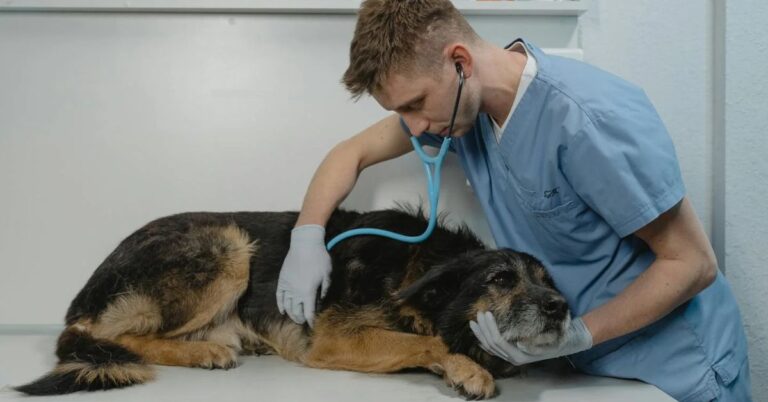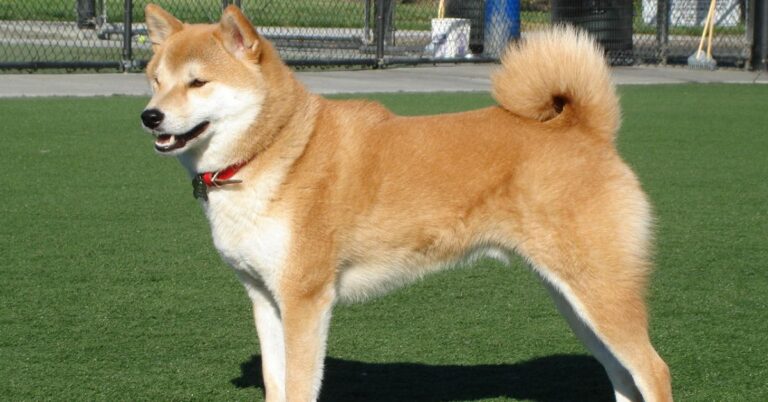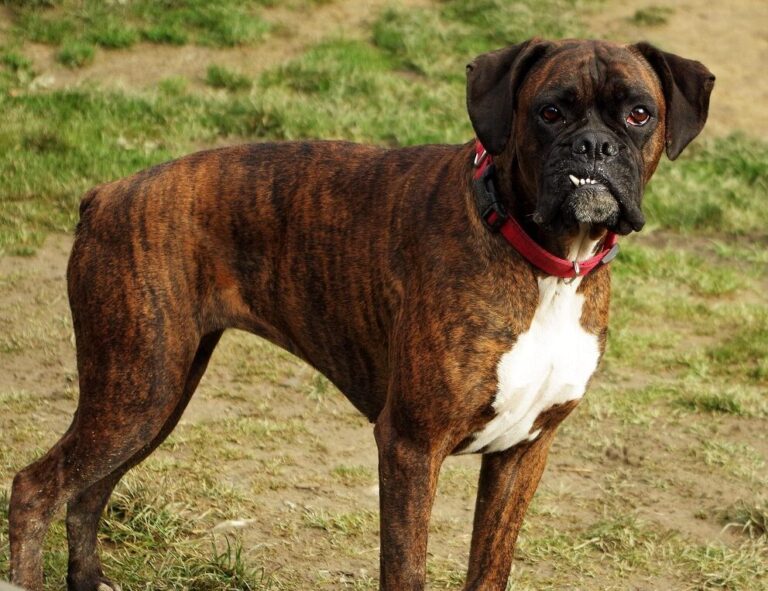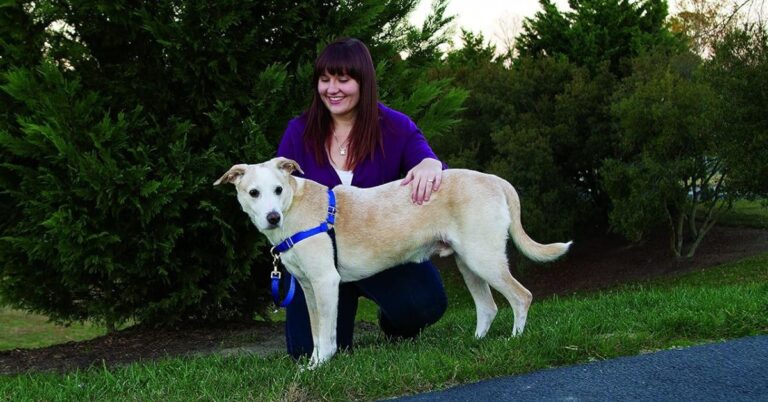What Every Owner Should Know When Raising A Plott Hound
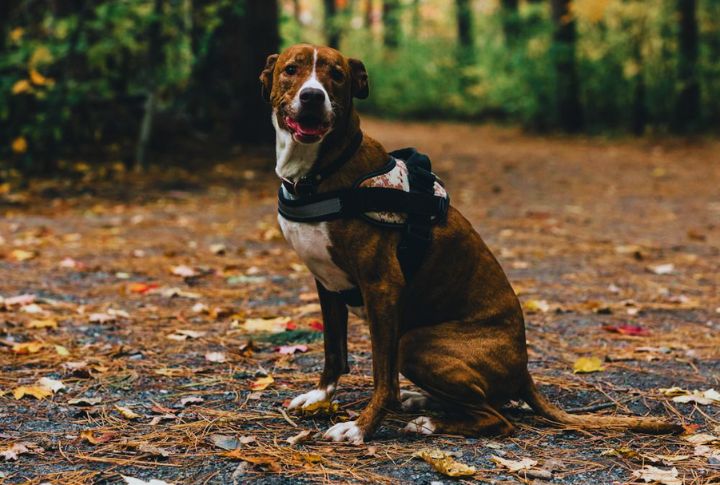
The Plott Hound, North Carolina’s state dog, is a loyal, intelligent breed known for its strength and endurance. If you’re raising one, understanding the growing patterns and their care and training needs is key to having a happy companion.
Why You Should Track Growth

Start keeping records from an early stage. Track their weight and height, and notice the behavioral milestones every month using a vet-approved chart. This habit helps spot anomalies like sudden weight drops or slow growth and prevents health issues.
Understanding Size Differences

Male and female Plott Hounds have slightly different physical traits. Males generally grow larger, often reaching 60 pounds, while female Plotts weigh between 40 and 55 pounds. Monitoring weight ranges to maintain a healthy balance helps prevent obesity and joint issues.
Building Strong Muscles Naturally

Plott Hounds naturally build strong and lean muscles. But without adequate exercise, that strength turns into restlessness. Start with basic play, then introduce structured workouts like hikes or long walks. Balanced activity ensures healthy muscle build-up and overall strength.
Nutrition During Puppyhood

During puppyhood, a protein-rich diet works wonders. Choose quality puppy food with DHA and calcium for brain and bone growth. Avoid fillers or low-nutrient kibble as early nutrition lays the foundation for immune strength and cognitive development throughout their life.
Switching To Adult Food

Don’t rush the food switch. After around 15 months or so, gradually replace puppy food with adult formulas rich in glucosamine and omega-3. This transition prevents digestive issues and supports their active lifestyle while preparing their bodies for the demands of adulthood.
Meal Schedules That Work

You might be tempted to free-feed, but scheduled mealtimes are better. Feed your puppies 3 to 4 meals daily until six months old, then shift to two meals per day. This schedule helps avoid bloating and balances energy levels to keep your Plott Hound on a predictable routine.
Hydration For An Active Dog

The need for water is often overlooked. These dogs burn energy quickly and can dehydrate without warning. Keep clean water accessible indoors and during outdoor play. If your hound pants heavily or seems sluggish, hydration may be the missing link to their well-being.
The Teething Phase

Around three months, the teething phase in Plott’s kicks in. Expect biting and chewing with sore gums. Offer dental-safe toys and soft chews to soothe discomfort and protect furniture. Also, begin brushing their teeth gently. Early dental care helps avoid issues down the road.
Socialization Sets The Tone

Introduce them to the world at a young age. 8 to 16 weeks old is the golden period for socializing your Plott. Arrange playdates and take car rides to visit different places. Exposure to people, other dogs, and sounds at this age curbs fear and builds a resilient and balanced temperament.
Vet Visits Are Vital

Routine vet visits cannot be skipped. Your vet helps monitor their development and update vaccinations. They can also detect any subtle growth issues. Check-ups also include parasite control and dental evaluations. This ensures minor concerns don’t grow into serious setbacks.
